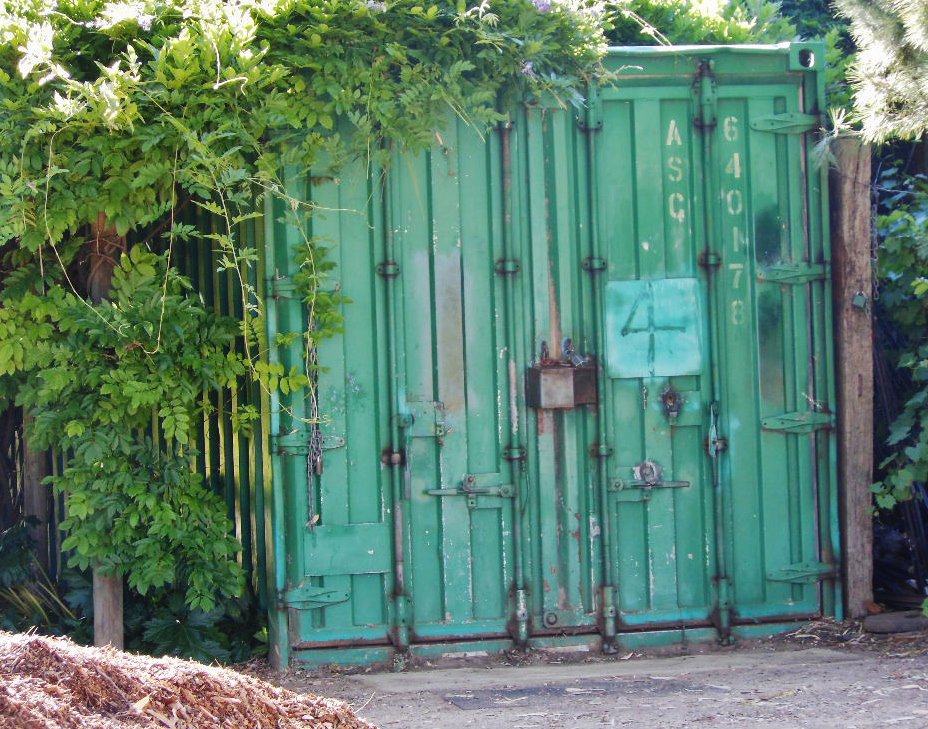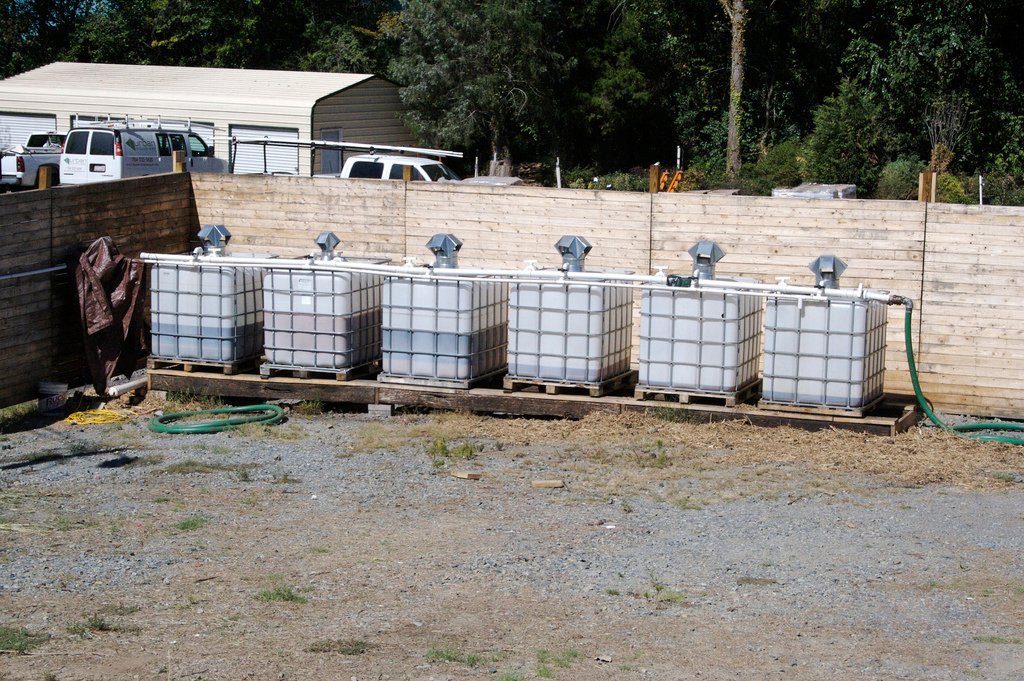Disposing of hazardous substances is an action that needs to be done following detailed procedural directions and under strict conditions. Nothing can be left to chance or improvised since even the smallest quantities of hazardous substances when spilled can highly endanger human health, both that of direct participants and everyone around them, animal health and the environment in general. In order to avoid any of these ecological disasters, please go through this overview of necessary steps you need to take in order for everything to pass smoothly and safely.
Initial Considerations
The first thing you need to do is to be absolutely sure which substances fall in the category of hazardous ones and if the ones you are dealing with are there. The list is clearly defined and constantly updated, so you need to check it on regular basis. Once you are familiar with different categories, the next thing to do is to learn all about disposal procedures.
Disposal Procedures
As we already mentioned, disposal directions need to be followed to detail. Different types of hazardous substances must not be mixed under any conditions, they need to be packed in special containers and shipped under special provision. You need to have a permit to perform any of these actions, as you probably already know. If you are not equipped for transfer of hazardous substances, by all means hire professionals to do it for you. In any way, stay informed about the disposal procedures will prepare you to easily adapt to all possible changes and act accordingly.

Local Collection Facilities
As we mentioned before, transporting hazardous substances is one of the key elements for the whole disposal process to be successful. Naturally, the shorter the distance the better. That is why you should find out what collection facilities are available in your community or area, and if there are use them as disposal sites. Usually you will be able to find all necessary information on local council website or in direct contact with then. Of course, even if they are just around the corner you still need to use the aforementioned special containers for storing dangerous substances and transport them solely in them.

Limit the Use of Dangerous Substances
Reducing the amount of hazardous substances you use is a good tactic for reducing the quantity of waste you need to dispose. Some of the hazardous substances can be recycled and reused, for example, oils and hydraulic fluids from cars and refrigerator compressors, other can be used as alternative industrial fuels, all of which is promoted on the governmental level. Furthermore, there are funds that promote the use limitation and you can apply for them, too. Not only will you save money doing so, but you will promote and support environmental protection in the long run. Naturally, use limitation is not an overnight process, but it is well worth considering due to benefits it brings.
Once again, the hazardous waste disposal is a process and every step of it has to be perfectly organized when it comes to safety and obligatory procedure. However, many companies do it successfully every day and there is no reason why you could not be one of them, just do not rush anything and do not skip any of the required steps.
Author Bio: Lillian Connors is green living enthusiast in charge of the sustainability segment on Smooth Decorator. You can check her out on Google+ , Twitter and LinkedIn.